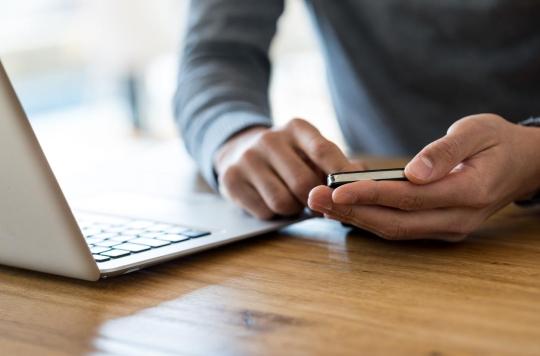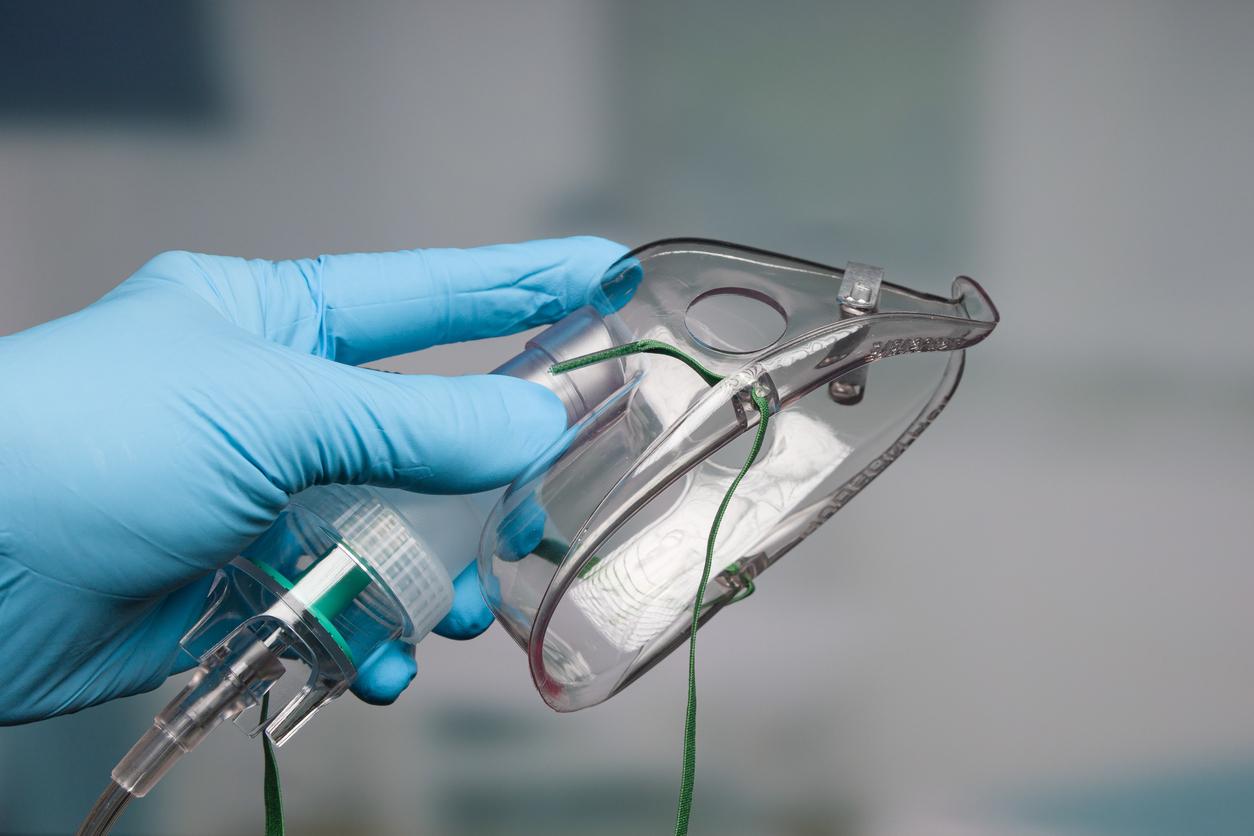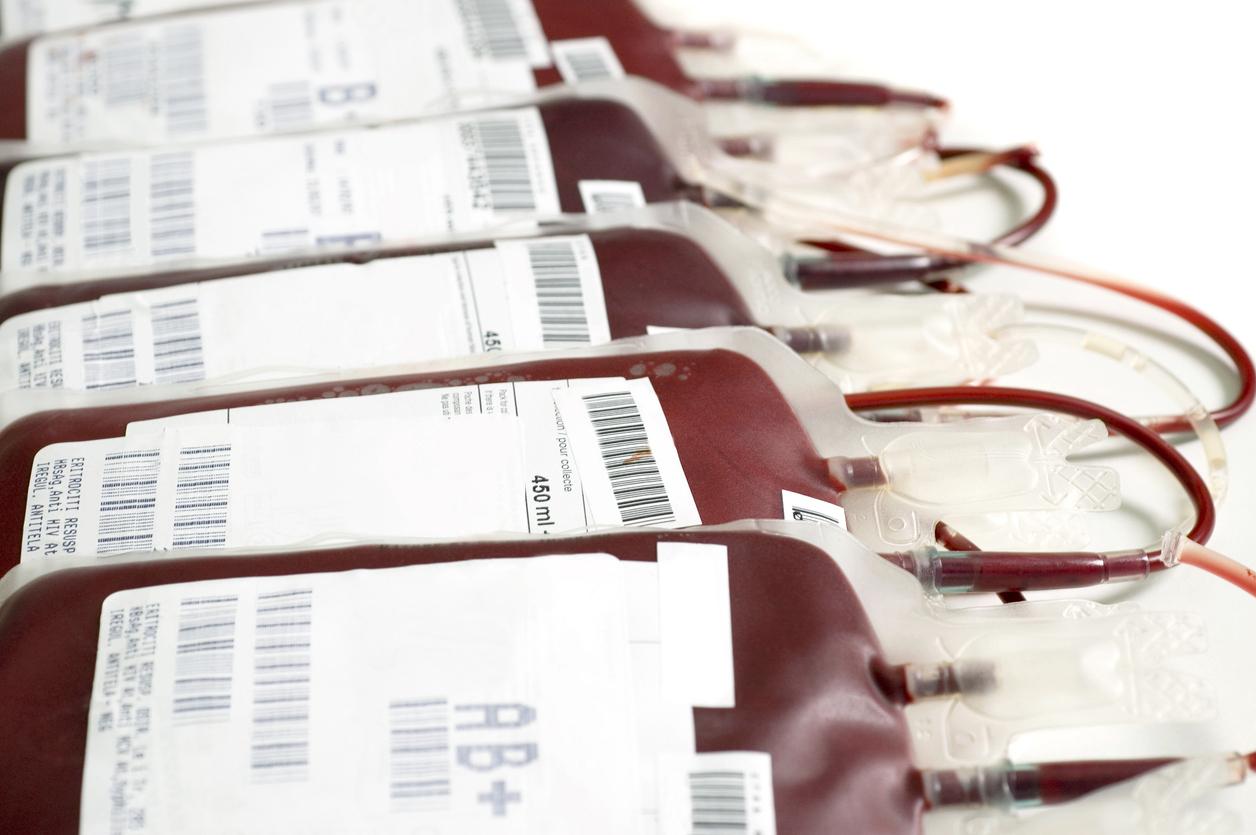The smartphone camera and flash are capable of detecting blood oxygen saturation levels of up to 70%.

- Healthy people always have an oxygen saturation of at least 95%.
- Adults with asthma or Covid-19 have an oxygen saturation level of 90% or less.
- For the six patients, the team collected more than 10,000 blood oxygen level readings.
“Hypoxemia, a disorder that occurs when the blood does not carry enough oxygen to properly supply the tissues, is a major indicator of dangerous complications of respiratory diseases like asthma, COPD and Covid-19”said scientists from the University of Washington (USA).
Placing finger above smartphone camera and flash
To noninvasively measure blood oxygen saturation, doctors use an oximeter. In order to use this device correctly, the sensor is most often placed with a clip-like shape on the fingertips or on the earlobe.
Recently, American researchers discovered that the camera and the flash of smartphones could make it possible to monitor its level of oxygen saturation at home. The technique involves placing your finger over a smartphone’s camera and flash, which uses a deep learning algorithm to decipher blood oxygen levels.
“The camera records the amount of blood that absorbs the light from the flash”
To find out if this method actually worked, the team conducted a study published in the journal npj Digital Medicine. The scientists recruited six people between the ages of 20 and 34. Each participant was administered a controlled mixture of oxygen and nitrogen to artificially lower their oxygen levels. The researchers asked the volunteers to use an oximeter and then place another finger from the same hand over the camera and flash of a smartphone. The process took about 15 minutes.
“Each time your heart beats, fresh blood flows into the part illuminated by the flash. The camera records the amount of blood that absorbs the light from the flash in each of the three color channels it measures: red, green and blue”, explained Edward Wang, author of the research in a statement.
Obtain “free or low cost” several measurements using your phone
Based on the results, the smartphone correctly predicted whether the patient had low blood oxygen in 80% of cases. “So you could get multiple measurements with your phone, for free or at low cost. In an ideal world, that information could be seamlessly transmitted to a doctor’s office,” said Matthew Thompson, co-author of the study.
“One of the participants had thick, hard skin on their fingers, which made it more difficult for our algorithm to accurately determine their blood oxygen level. If we were to extend this research to a larger number people, we would probably see more adults with calluses and more patients with different skin tones, so we could potentially have an algorithm complex enough to be able to better model all of these differences.” concluded the scientists.
















